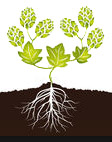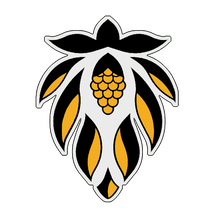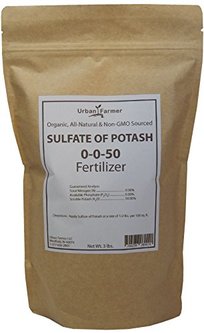It's All About Balance Fertile soil is a mixture of well-balanced minerals, high organic matter, humus, humic, fulvic and carbonic acids, good aeration and bountiful microbial life. The biology or life in the soil is at its healthiest when the nutrients are plentiful and balanced, and there is sufficient oxygen and water. The top soil region is the most vital portion of the soil profile; holding about 70% of the life and 70% of the organic matter. In a typical soil, below 6 inches plant roots are feeding on mostly soluble nutrients since the micro-organisms are not able to thrive due to insufficient oxygen levels. Many minerals are tightly bound to the subsoil colloidal particles are only made available to plants through complex soil interactions with organic acids leaching downward from the topsoil. It is critical to maintain the organic matter content in soils for them to remain balanced and healthy. Download as PDF No doubt about it, for many new growers hops are a difficult crop to grow well. Fast growing hop plants require lots of balanced nutrients and water with critical timing of applications; making hops a real challenge to keep up with when compared to most other crops. Getting the hops to climb to the top trellis wire and produce fully developed side arms with lots of cones seems to be an unattainable goal sometimes. There always seems to be a guy named Murphy lurking around, ready to throw a wrench in the works; despite a hop grower’s best efforts. Wind, rain, drought, and pestilence... yet there are lots of pretty pictures of hopyards and recorded harvest yields to show it is more than a dream. It is common to find in many instances, less experienced hop growers do not fully understand many integrated hopyard management practices and how plant nutrient availability and growth is affected. This following discussion covers a few of the issues that have been identified as potentially holding back hop growth and yields. These issues are gleaned from talking to, and working with hundreds of new hop growers and the challenges they have experienced. These observations and field notes are intended to educate and provoke deeper, more in-depth discussions amongst hop growers and grower groups.
|
Details
Blog AuthorLynn, the head hop grower at Great Lakes Hops has over 30 years of experience in the horticultural field. Browse the blog articles here to find useful growing information for humulus lupulus, based on personal experience and observations at Great Lakes Hops. Archives
January 2020
Categories
All
|



 RSS Feed
RSS Feed